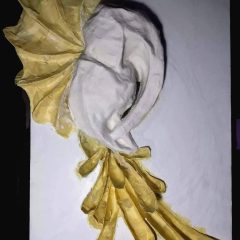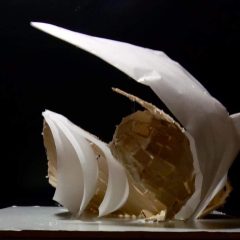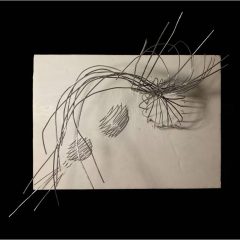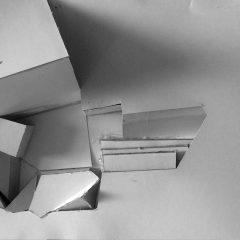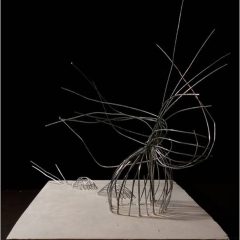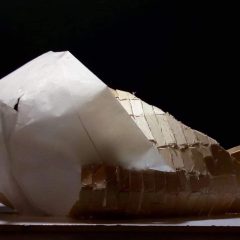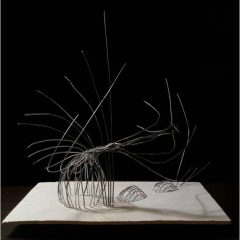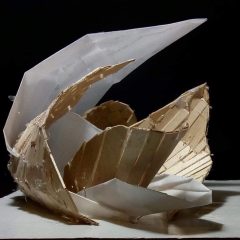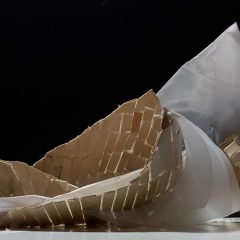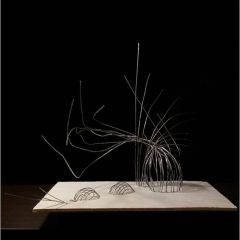Course Tutors
General
– Adaptation to new design fields of the architectural space
– Independent work and teamwork
– Generation of new research ideas
– Promotion of free, creative and inductive thinking
– Independent work and teamwork
– Generation of new research ideas
– Promotion of free, creative and inductive thinking
Course content
Through exercises and lectures, the perception of volume and space, the personal style of the students and their particular expressive characteristics are developed.
They become familiar with materials of different textures, composition and origin and acquire skills on their handling.
They become familiar with materials of different textures, composition and origin and acquire skills on their handling.
Programme aims
The aim of the Plastic Arts I course is for students to understand, through integrated forms of three-dimensional composition, volume as a basic element of plasticity and visual communication in the design of space and objects.
Learning Outcomes: Knowledge and Understanding
After the end of the course students will be able to:
– Handle the appropriate materials and tools for the realization of a plastic composition
– Produce spatial forms to further explore design proposals from other courses in the department.
– Analyse a spatial structure in relation to space and plastic values in 3D design.
– To transfer an idea from two-dimensional space[ sketch] to three-dimensional space.
– To organize artistic thought and expression within a mental framework – context.
– Handle the appropriate materials and tools for the realization of a plastic composition
– Produce spatial forms to further explore design proposals from other courses in the department.
– Analyse a spatial structure in relation to space and plastic values in 3D design.
– To transfer an idea from two-dimensional space[ sketch] to three-dimensional space.
– To organize artistic thought and expression within a mental framework – context.
Bibliography


